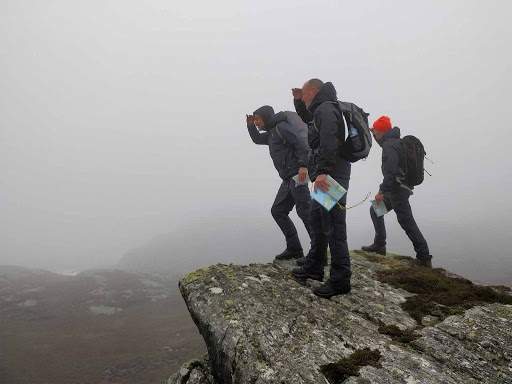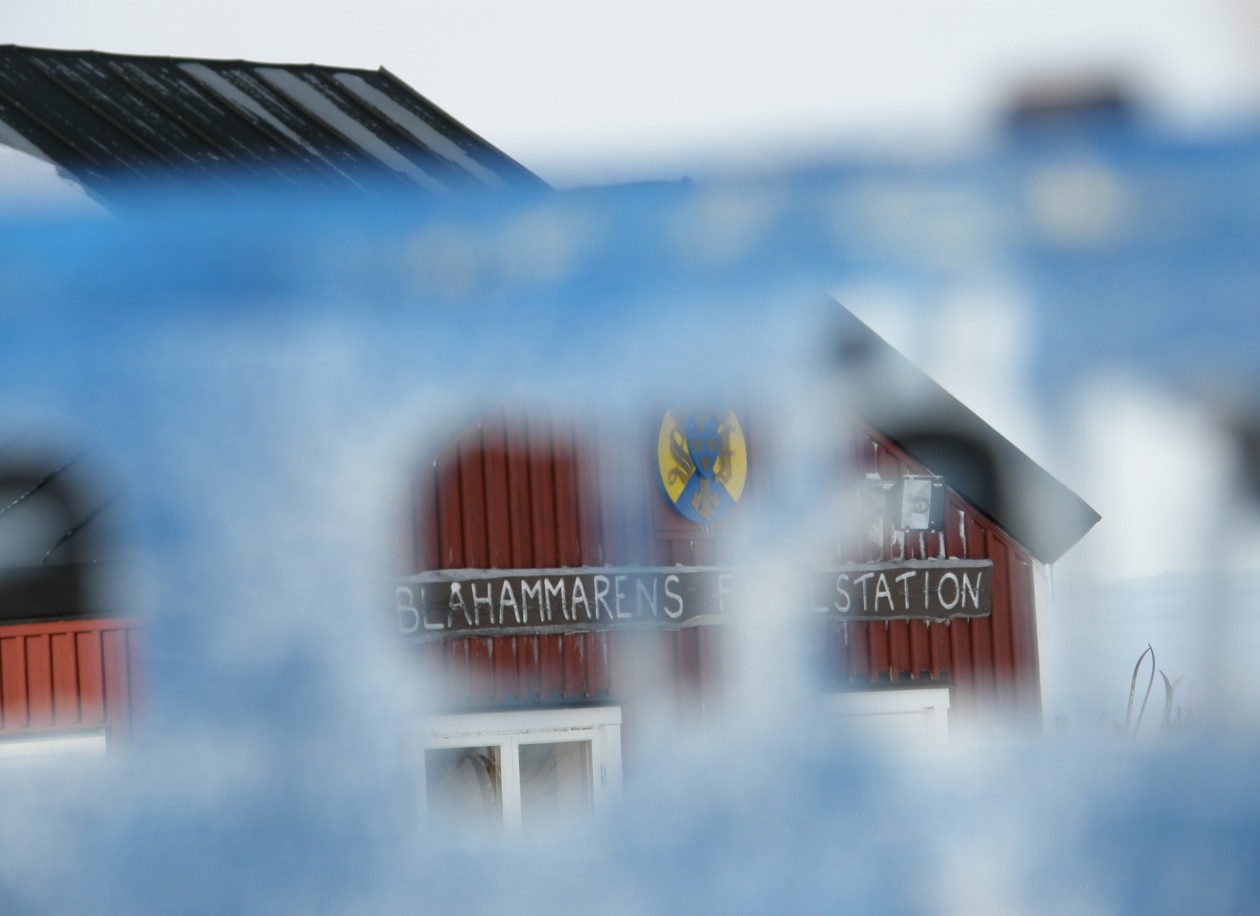Safety plan.
As a natural part for the outdoor-er days should start with a safety planning. If you are a guide or not really doesn’t matter, though a guide must do it in a more detailed way and related to the group of participants. With a SOP (Standard Operating Procedure) this will be a quite easy and fast process. So start with a overview of the weather, how can it affect me/us? The Cold, wind, sun etc. I there any warnings for the area? Next step will be to check the avalanche prognosis if its current. It can also be used for checking inclination of the route. And which part and areas to avoid. Next thing will be to read the map, and see if there is any danger to take in consideration. River crossing, snow fields etc. Is there any regulations for the area, within our activity? If you get caught in bad weather, or if someone get hurt? Where do you have the evacuation possibilities? What about coverage, and alternative communication plan? The outcome from all this fact will be the safety plan of the day, also add; The participants status and skills/condition. So with a SOP this will go fast, and you will be safety during the activity…
Plan Your Trip | Planning Essentials Episode 1 | MSC Get Outdoors Series – YouTube
- Temperature drops 4 degrees/1000′ of elevation gain.
- Lightning kills, Lightning Safety Guidelines
- Watch for hypothermia.
- Rockfall hazard? Wear a helmet.
- Belay any climb with risk of injury.
- Beware fast moving storms.
- Altitude sickness (AMS) is aided only by descent.
- Make note of return route.
- If lost, bivouac.
- Cell phone or GPS is not a substitute for preparation.
- Be willing to turn back: the mountains don’t care.
If you got problem use the S.T.O.P model: Sit, Think, Observe, Plan.
See ya tomorrow…

Great advice as usual Bergman
Interesting reading